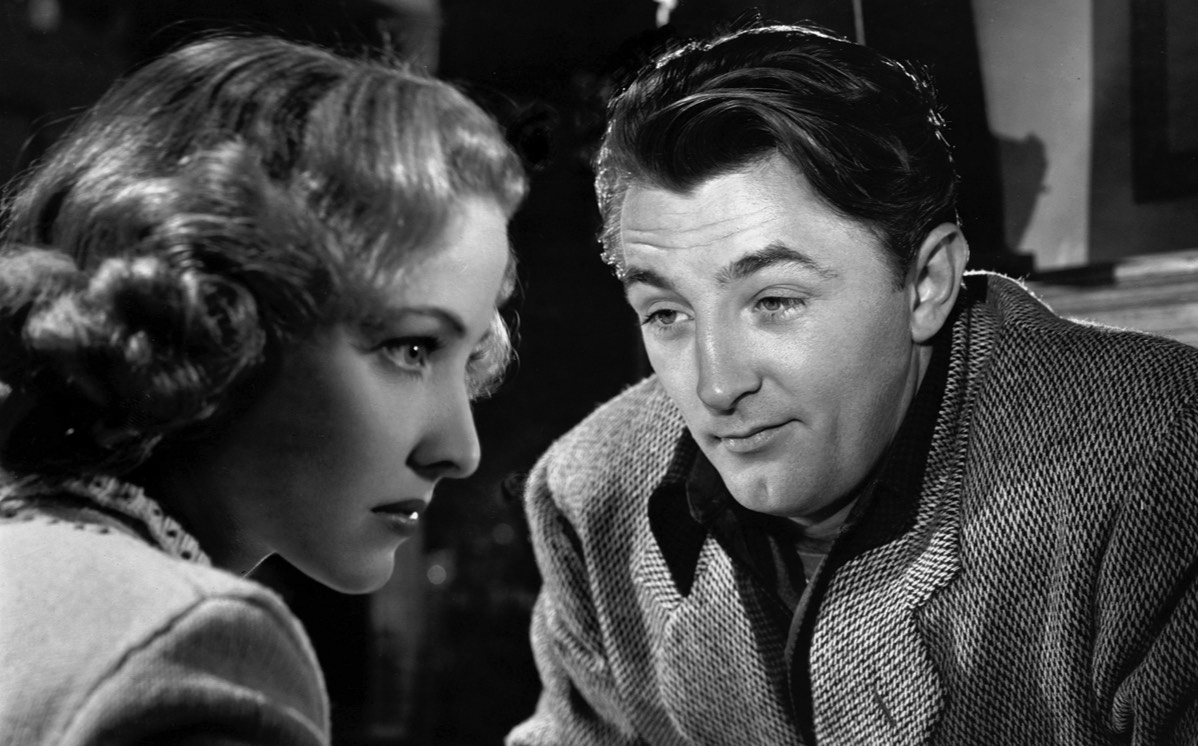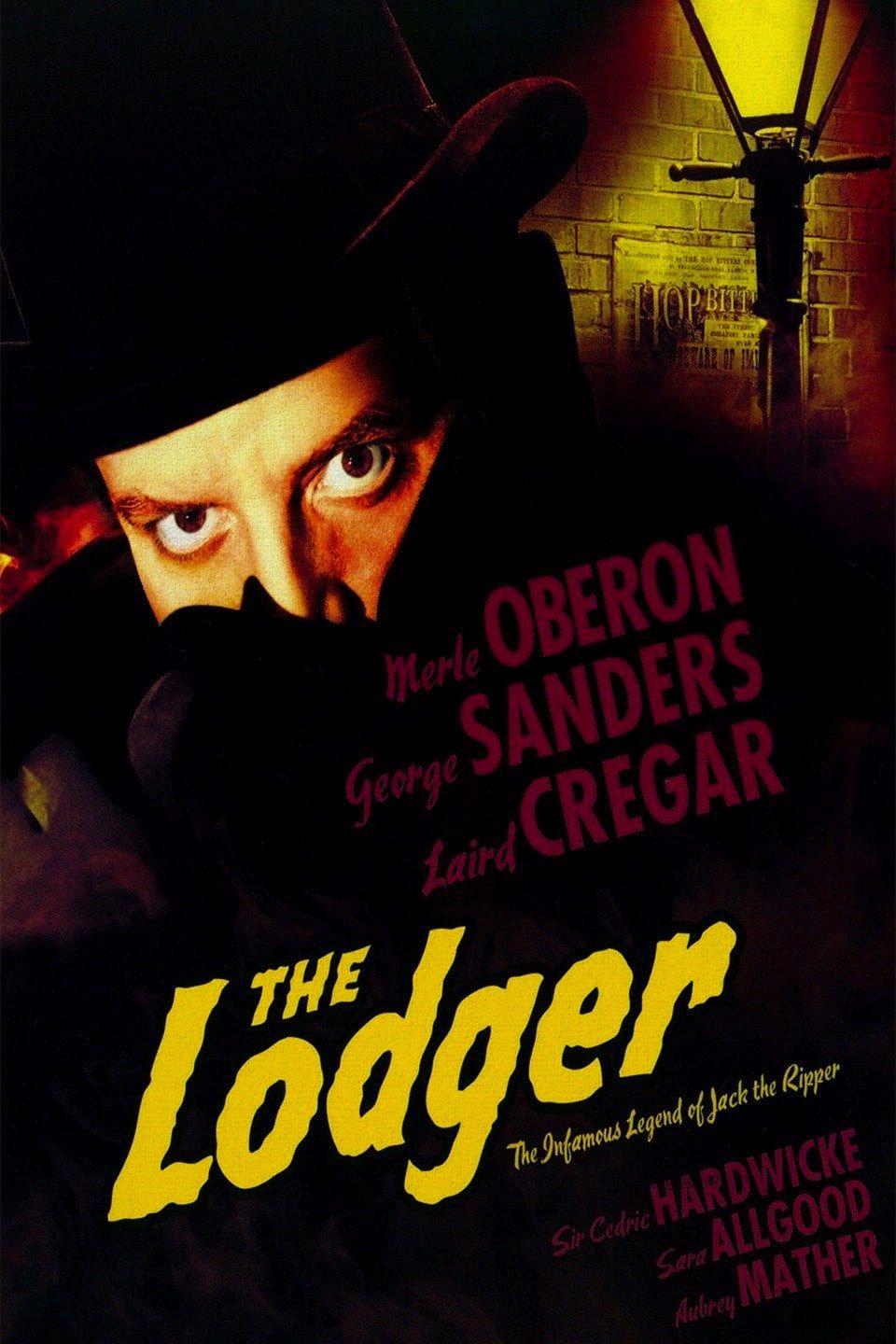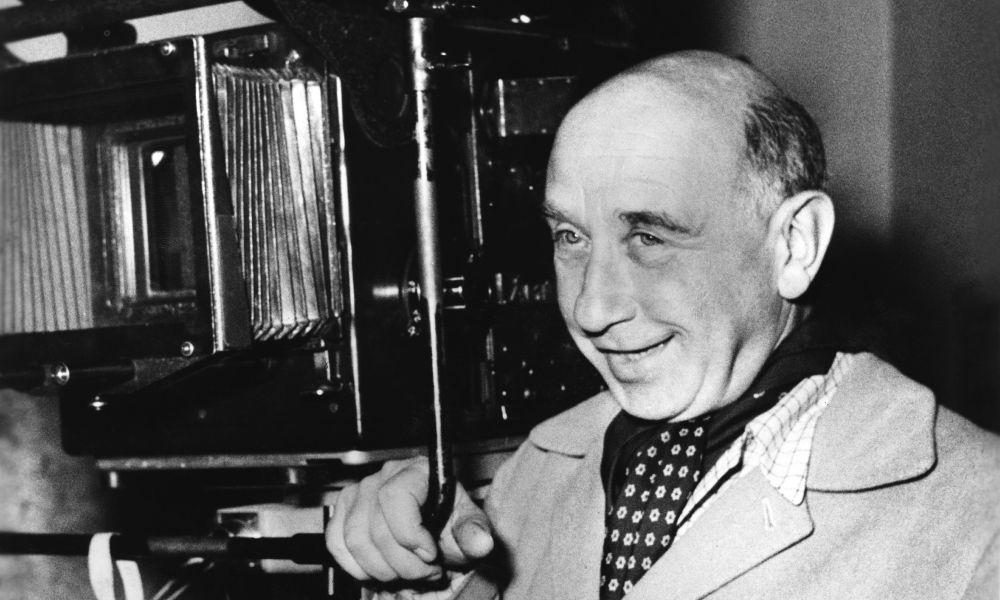"Although never a major director, during the '40s the underrated John (christened Hans) Brahm made several thrillers whose visual invention, vivid characters, and rich atmosphere remain effective to this day… Brahm stands alongside German émigrés like Lang and Siodmak as an inventive visual artist, marked by the heritage of Expressionism and by a morbid interest in psychopathic behaviour." - Geoff Andrew (Film Handbook, 1989)
John Brahm
Key Production Country: USA
Key Genres: Drama, Thriller, Mystery, Crime Drama, Action, Horror
Key Collaborators: Robert Bassler (Producer), Lucien Ballard (Cinematographer), Laird Cregar (Leading Actor), Ralph Bellamy (Leading Actor), George Sanders (Leading Actor), Barré Lyndon (Screenwriter), Lloyd Ahern (Cinematographer), Harry Reynolds (Editor), James Basevi (Production Designer), Ann Codee (Character Actress)
Key Genres: Drama, Thriller, Mystery, Crime Drama, Action, Horror
Key Collaborators: Robert Bassler (Producer), Lucien Ballard (Cinematographer), Laird Cregar (Leading Actor), Ralph Bellamy (Leading Actor), George Sanders (Leading Actor), Barré Lyndon (Screenwriter), Lloyd Ahern (Cinematographer), Harry Reynolds (Editor), James Basevi (Production Designer), Ann Codee (Character Actress)
"John Brahm began his career with conscientious imitations of D.W. Griffith (Broken Blossoms) and Fritz Lang Let Us Live). He hit his stride in the forties with a series of mood-drenched melodramas - The Lodger, Guest in the House, Hangover Square, The Locket, The Brasher Doubloon. His quiet virtues of visual tastefulness and dramatic balance were unable to sustain his career. He remains a minor example of the studio director cast adrift with the collapse of the studio system." - Andrew Sarris (The American Cinema, 1968)
"Though not as well known as low-budget contemporaries like Edgar G. Ulmer or Joseph H. Lewis, director John Brahm cultivated a macabre noir style that’s ripe for rediscovery. Heavy on subjective camera movements, expressionist effects, and fog, most of Brahm’s major works qualify as oddities of one sort or another. This partly explains why Brahm’s career stalled in the 1950s, leading him to move to television, where he worked on shows like Alfred Hitchcock Presents and The Twilight Zone." - Ignatiy Vishnevetsky (The A.V. Club, 2013)

The Locket (1946)
"The son of a German theatre director, Brahm worked on the stage until 1934 when he went to England and directed his first film. Three years later he moved to Hollywood. He specialized in suspense films, heavy with atmosphere and often concerned with madness; The Lodger was a moody tale of Jack the Ripper, and Hangover Square a study of a mad, murderous composer." - The Illustrated Who's Who of the Cinema, 1983
"His legacy rests on a pair of early gothic film noirs, his handsome 1944 remake/revision of Alfred Hitchcock’s The Lodger and the 1945 follow-up Hangover Square, both starring the great character actor Laird Cregar, a longtime heavy that Brahm promoted to dark, troubled leading man status… At his best, John Brahm had a handsome sense of design, a strong feeling for interesting women characters, and a Gothic sense of the shadows hanging over life, just threatening to move in and swallow us." - Sean Axmaker (Parallax View, 2013)
"Over a career as a movie director that stretched from 1936 to 1967, John Brahm consistently explored the archetype of the femme fatale in film noir. Although his movies have largely been ignored by film historians until recently, Brahm has nevertheless left a body of work which demonstrates a consistency of style as well as an obsessive fixation on the image of the powerful if conflicted female archetype in film noir." - James Ursini (Film Noir: The Directors, 2012)
Selected Filmography
{{row.titlelong}}


